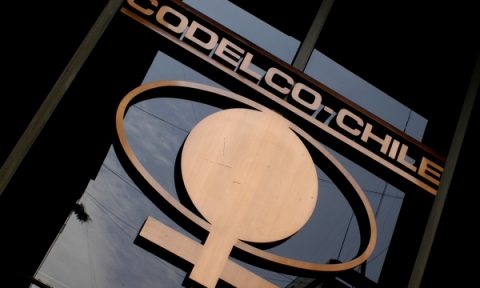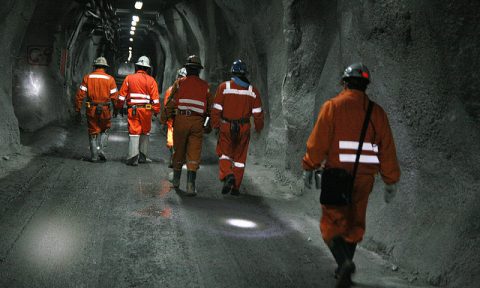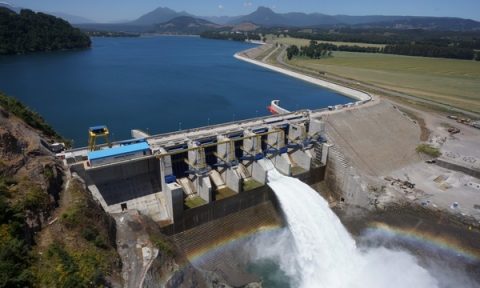Energy cost at minimum due to high hydro contribution

18-Jul-2012 Pulso – News
Marginal costs of important part of SIC are close to US$100/MWh thanks to run-of-the-river reservoirs contribution which almost double the thermal contribution. The situation was quite the opposite last year and marginal costs exceeded US$200
Will winter be rainy? Will it be dry? For energy sector this question was “the doubt” to be solved during this year, not only for a rate issue but also for a power availability matter which until last year offered a full-of- concern vision: almost-empty reservoirs and catapulted fuels costs for thermoelectricity generation.
Finally 2012 has been a rainy year, perspectives may be settled and generators, distributors, and clients may be relaxed: there will be light, and even better, cheap light, this year.
Back in June indicators were already anticipating a promising scenario with a 51% participation of hydroelectricity in SIC (48.2% thermoelectric) versus 33% same month in 2011, where aggregated contribution of diesel, coal and LNG doubled hydro contribution with more than 66% of system and, additionally, with catapulted marginal costs (US$202 MWh average).
Now in July the situation is even more promising. As of today and in accordance with preliminary CDEC reports the hydroelectric power contribution exceeds 61% versus 38% of thermal and 1% of wind power generation contributions. The situation is already affecting the marginal costs that in some cases are below US$100 (Refer to graphics).
In accordance with CDEC-SIC program of July, operation considers 63.7% to be hydroelectric even with rationing decree enforcement valid until next August, as informed in a Systep Consultants Report.
Is this an anticipation to rates changes? It will depend on type of client. For residential users, may be not, because their rates are set for long-term contracts each one considering its own variables.
“For rates setting it may have little or no effect at all as with the only exception of a very small number of clients, distributors have set their prices as the result of bid contracts and consequently such prices are indexed considering other parameters different from marginal costs or rainfalls”, Francisco Aguirre, partner of Electro-Consultores Consultants, explains. The expert adds that marginal costs had an exceptional participation in regulated prices indexing factors between 2010 and 2011, however it completely disappeared last May due to contracts amendments.
The situation changes when the counterparty is not a residential user but a company or free client that is not subject to long-term contracts or that may even be subject to long-term contract but with marginal indexation included in contracts clauses. “Their prices proportionally drop to the extent their contracts depend on marginal costs”, Aguirre adds. This confirms how much the electric system hinges upon rainfalls and hydroelectric generation.
What’s next
What is coming next years? Some sources from Systep reported that several units expected to enter the system between 2012 and 2013 are ready, i.e. Santa María (343 MW), Bocamina II (342 MW), Campiche (270 MW), and Angostura (316 MW), amongst others.
The problem will arise after that date as the CNE plan considered Castilla, Hidroaysén, Los Robles, Punta Alcalde, Río Cuervo and other projects would be supporting the system development. However, for different reasons, all these are today on stand-by condition.












